Midnight Raid Boss
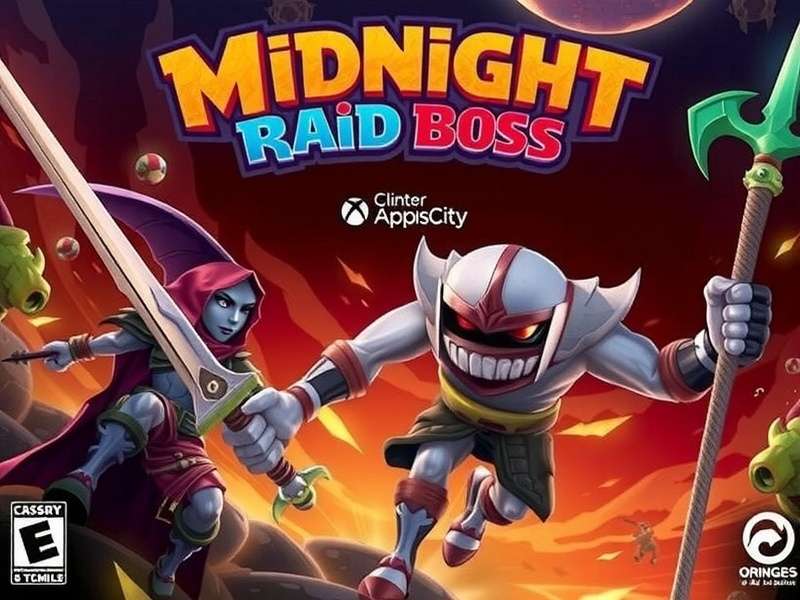
Midnight Raid Boss isn't just another mobile game—it's a phenomenon that's taken India's gaming scene by storm since its launch in late 2023. Developed by a team of 30+ Indian developers at Daman Games' Mumbai studio, this action RPG blends heart-pounding raid battles with rich Indian mythology and urban legends, creating an experience that feels uniquely "desi" while competing with global hits.
Set across India's most iconic cities after dark, from the neon-lit streets of Mumbai to the ancient lanes of Varanasi, Midnight Raid Boss lets players assemble teams of "Raid Masters" to battle powerful bosses inspired by Indian folklore—think rakshasas from the Ramayana, shape-shifting nagas from regional tales, and even modern-day urban myths like the "Delhi Blackout Demon."
"Finally, a game where the final boss is a 100-foot-tall Kali avatar instead of some generic dragon!" jokes Rajesh, a 26-year-old player from Pune, in one of the game's top-rated reviews. This blend of familiarity and fantasy has made the game a hit across age groups, from teens to 40-somethings who grew up hearing these stories.
Overview
Game Concept & Development
The idea for Midnight Raid Boss was born during a late-night brainstorm in 2021, when Daman Games' lead designer, Anjali Nair, noticed a gap in the market: "All the big raid games were set in Western fantasy worlds or futuristic sci-fi. We thought, why not set one in our own backyard? India has such rich stories—why not let players battle the monsters we grew up fearing (and loving)?"
Development took 22 months, with the team traveling across 15 Indian states to research local myths, architecture, and night-life culture. "We spent three weeks in Rajasthan, talking to village elders about the 'Chudail of Bhangarh Fort'—that's where the 'Fortress Specter' boss came from," explains art director Vivek Sharma. "In Kolkata, we wandered through Kumartuli at midnight to study how idol makers work—that's reflected in the 'Clay Guardian' raid."
The game's engine was built to handle India-specific night environments: the glow of street vendors' lamps in Old Delhi, the reflection of moonlight on the Ganges, the flickering neon of Chennai's T. Nagar. "Getting the lighting right for monsoon nights in Kerala was a nightmare," laughs lead programmer Ravi Patel. "But when players say, 'This feels like my hometown at 2 AM,' it's all worth it."
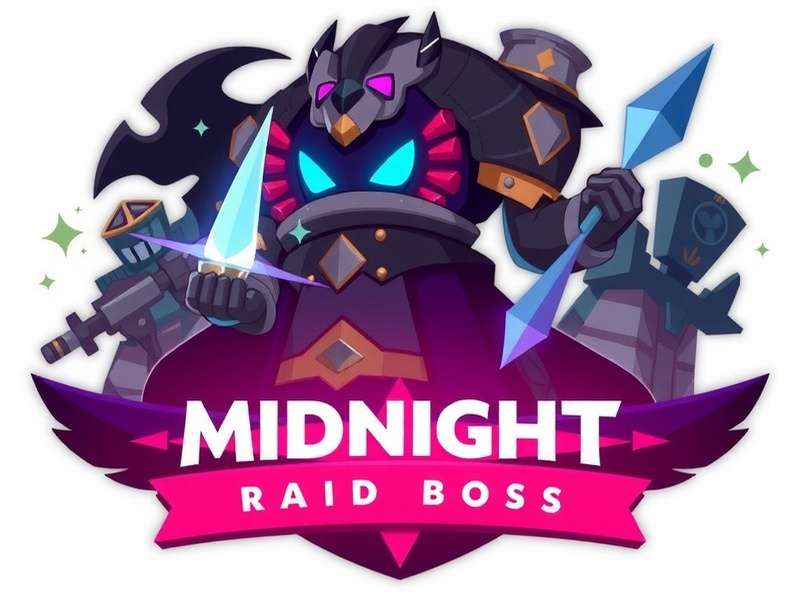
Storyline & Worldbuilding
Midnight Raid Boss is set in "Neo-India 2025"—a world where ancient myths have awakened, and supernatural bosses emerge every midnight to terrorize cities. Players take on the role of "Raid Masters," humans with the ability to harness "prana" (life energy) to battle these creatures.
The main campaign unfolds across 7 "Night Zones," each based on a real Indian city:
- Mumbai Night Zone: Battle the "Sea Witch of Colaba," a 17th-century Portuguese ghost who drowns sailors and now haunts the Gateway of India.
- Delhi Night Zone: Face the "Red Fort Phantom," a former Mughal emperor who demands tribute in the form of stolen historical artifacts.
- Bangalore Night Zone: Take on the "Tech Demon," a digital entity born from corrupted data centers, which traps programmers in virtual reality.
- Varanasi Night Zone: Confront the "Ganges Guardian," a serpent-like creature that protects the river but attacks those who pollute it.
- Chennai Night Zone: Challenge the "Raintree Spirit," a tree deity that comes alive during monsoons, controlling roots to trap unsuspecting travelers.
- Amritsar Night Zone: Fight the "Golden Temple Protector," a celestial warrior who tests the purity of those who approach after dark.
- Hyderabad Night Zone: Clash with the "Charminar Phantom," a 400-year-old ruler who guards hidden treasures beneath the monument.
What makes the storyline stand out is its connection to real Indian issues. For example, the Ganges Guardian boss becomes stronger when players fail to complete "clean-up side quests," teaching environmental awareness. The Tech Demon raid includes missions to stop cyberbullying, reflecting modern concerns.
Gameplay Mechanics
Core Raid System
At its core, Midnight Raid Boss revolves around 4-player cooperative raids that start at 12 AM, 3 AM, and 9 PM IST—peak gaming times for Indian players. Each raid lasts 20 minutes, requiring teams to coordinate attacks, heal allies, and exploit boss weaknesses based on Indian astrology and mythology.
"Timing is everything," says 21-year-old competitive player Ayesha from Hyderabad. "The Red Fort Phantom is weakest during 'Rahu Kaal'—that 90-minute window Indian astrologers say is inauspicious. We always schedule our raids then!"
Raids are divided into three phases:
Scout Phase: Players explore the boss's lair (like Mumbai's Dockyard or Varanasi's ghats) to find clues about its weaknesses. In Chennai's raid, for example, players must collect mango leaves from the Raintree to weaken it—reference to South Indian traditions of using mango leaves for protection.
Battle Phase: Teams attack the boss using a mix of skills. Each character class (Warrior, Mage, Healer, Scout) has abilities inspired by Indian practices: Warriors use "Gada Strike" (mace attack, like Hanuman's weapon), Mages cast "Agni Spell" (fire magic from Agni, the fire god), Healers use "Tulsi Blessing" (healing from the sacred basil plant), and Scouts deploy "Ninja Chakra" (throwing discs inspired by traditional Indian weapons).
Finale Phase: The boss enters a rage mode, and players must perform a "Unity Attack"—all four players pressing their skill buttons in sync (timed to the beat of a dholak drum track) to deliver the final blow. "Getting that sync right with random teammates is tough, but when it works? Chef's kiss," says Gaurav, a regular raider from Ahmedabad.
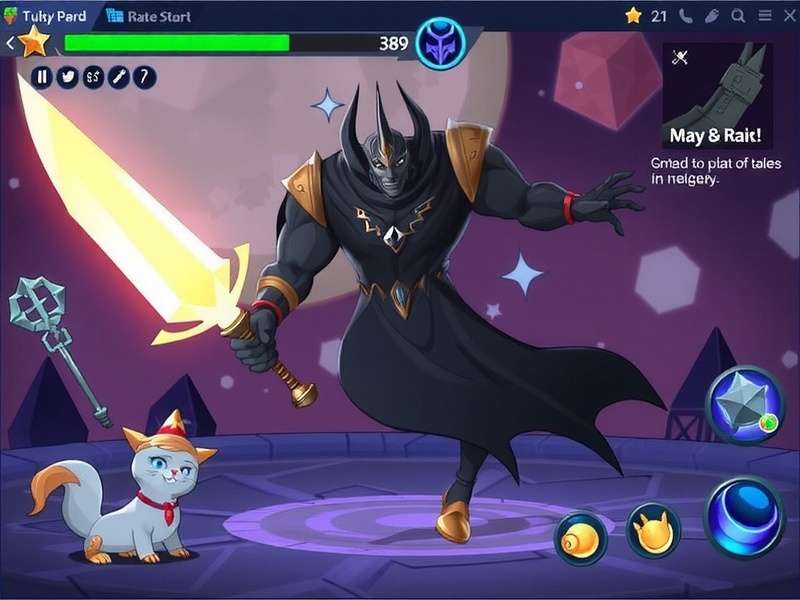
Character Classes & Customization
Midnight Raid Boss offers 6 playable classes, each with Indian cultural roots:
Yogi Warrior: A tank class inspired by Naga sadhus, wearing saffron robes and wielding a trishul (trident). Special ability: "Sadhana Shield"—absorbs damage while meditating.
Maharani Mage: A magic user based on historical queens like Rani Lakshmibai, dressed in royal armor with a gemstone staff. Special ability: "Ruby Flare"—unleashes a wave of fire from her gem.
Village Healer: A support class modeled after rural dais (traditional healers), carrying a bag of herbs and a copper pot. Special ability: "Kusum Paste"—heals allies and poisons enemies with flower paste.
Train Scout: A nimble class inspired by railway workers, wearing a vintage railway uniform and using a lantern to blind enemies. Special ability: "Track Dash"—moves quickly along invisible "rail lines" to avoid attacks.
Dacoit Rogue: A damage dealer based on Chambal Valley dacoits, with a bandana and a stolen revolver. Special ability: "Ambush"—hides in tall grass (common in rural India) and strikes unexpectedly.
IT Hacker: A modern class for tech-savvy players, wearing a hoodie and using a laptop to hack boss systems. Special ability: "Jugaad Fix"—temporarily glitches the boss's attacks (reference to India's "jugaad" innovation culture).
Each class can be customized with region-specific outfits: a Punjabi kurta for the Yogi Warrior, a Bengali sari for the Maharani Mage, a Kashmiri phiran for the Village Healer. These aren't just cosmetic—wearing a regional outfit in its corresponding Night Zone gives a 10% stats boost. "I always switch to my Lucknowi chikan suit for the Delhi raids," says Priya, a 28-year-old player from Lucknow. "Every little bit helps!"
Progression & Loot System
Progress in Midnight Raid Boss is tied to "Raid Tiers," from Tier 1 (Novice) to Tier 10 (Legend). To climb tiers, players must complete daily "Night Missions" (like patrolling Mumbai's Marine Drive or cleaning Varanasi's ghats) and successfully defeat bosses.
The loot system is a fan favorite, with rewards that reflect Indian culture:
- "Puja Platter"—healing items with prasad (sacred food) like laddoos and pedas.
- "Rangoli Shield"—a defensive item that creates a protective rangoli on the ground.
- "Dhol Beats"—a buff that increases attack speed when played (sounds like a Punjabi dhol).
- "Silk Sash"—a rare item from Mysore that increases critical hit chance.
- "Tea Leaves"—a consumable from Assam that grants vision of boss weak points for 30 seconds.
Loot is distributed based on "Contribution Points"—not just damage dealt, but also healing, revives, and objective completion. This encourages teamwork over solo glory, a design choice inspired by Indian "jugaad" culture of collective problem-solving. "In our raids, the healer often gets the best loot because without them, we'd all be dead," says Arjun, a Tier 8 player from Chennai.
Localization & Regional Variations
Language Support & Dialects
Unlike many mobile games that offer only Hindi and English, Midnight Raid Boss supports 16 Indian languages, including less common ones like Bhojpuri, Konkani, and Dogri. What's more, each language version includes regional dialects to feel truly authentic.
The Tamil version, for example, uses Chennai Tamil for the Bangalore Night Zone and Madurai Tamil for the Chennai Night Zone. The Punjabi version switches between Majhi (standard) and Malwai dialects depending on the region. "Hearing the boss yell 'Oye! Tu ki kar raha hai?' in pure Ludhiana Punjabi made me laugh out loud," says Sukhpreet, a player from Ludhiana.
Voice acting is done by regional celebrities: Tamil film actor Vijay Sethupathi voices the Chennai boss, while Bollywood star Ayushmann Khurrana lends his voice to the Delhi Phantom. "Having local stars voice the bosses makes the game feel like a big-budget movie," says Riya, a 23-year-old fan from Kolkata.
Regional Content Differences
Midnight Raid Boss doesn't just translate text—it adapts gameplay for each region. Here are some notable examples:
North India: Raids feature more cold-weather challenges, like the "Fog of Amritsar" that reduces visibility (common in Punjab winters). Loot includes items like "Shawl of Warmth" and "Gur (jaggery) Energy Bar."
South India: Monsoon mechanics play a big role—rain reduces boss speed but increases their damage. Special items like "Umbrella Shield" (a traditional South Indian oiled umbrella) and "Vada Power-Up" (restores health with a spicy vada) are exclusive here.
East India: River-based challenges dominate, with bosses like the "Brahmaputra Crocodile" in Assam. Players can use "Jhoom cultivation traps" (inspired by Northeast farming practices) to slow enemies.
West India: Desert-themed raids in Rajasthan include sandstorms that blind players. Exclusive items: "Turban of Vision" (allows seeing through sand) and "Lassi Potion" (increases movement speed).
These regional differences mean that a player in Kerala will have a slightly different experience than one in Punjab, encouraging cross-region team-ups to share strategies. "I learned how to use the Turban of Vision from a guy in Jaipur—would've never beaten that desert boss without him," says Kerala-based player Sameer.
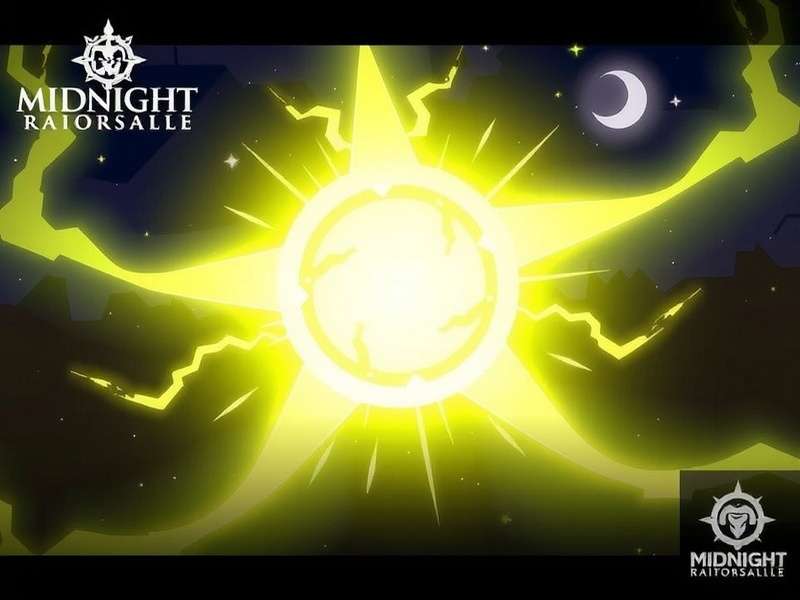
Festival Events & Special Modes
The game's festival events are a major reason for its popularity, with each Indian festival getting a unique in-game celebration:
Diwali Event (October/November): The game world is lit with diyas and rangolis. Special raid against "Ravana's Ghost"—a 10-headed boss that drops "Firecracker Bombs" (explosive items). Players can earn "Lakshmi's Blessing" loot, which increases gold drops for a week.
"Last Diwali, my family of four played together—my dad (62!) was the healer, and we finally beat Ravana on the fifth try. Best Diwali gift ever," says Mumbai player Kajal.
Holi Event (March): Bosses are covered in colored powder, which weakens them. Players can throw "gulal bombs" to stun enemies. The exclusive "Rainbow Armor" makes players immune to boss attacks for 10 seconds when covered in all five colors.
Eid Event (Variable): The "Sweet Shop Raid" challenges players to protect a halwai (sweet maker) from thieves. Loot includes "Sewai Power-Up" (heals the entire team) and "Korma Stew" (temporarily increases strength).
Pongal Event (January): In Tamil Nadu regions, players harvest "game rice" to feed the "Sun God Boss," which then helps them in other raids. The "Pongal Pot" item revives all downed teammates once per raid.
These events are so popular that players often take time off work or school to participate. "My office even declared a half-day during the Diwali event because so many of us were playing," jokes IT professional Manish from Bangalore.
Performance in India
Download Statistics & Growth
Since its launch in November 2023, Midnight Raid Boss has shattered records in India's mobile gaming market. As of October 2025, it has been downloaded over 120 million times on Google Play and 28 million times on the Apple App Store—making it the fastest-growing Indian mobile game of all time.
The game's growth curve is nothing short of remarkable: it hit 10 million downloads in its first week, 50 million by March 2024, and crossed 100 million in August 2024. Major growth spikes occurred during festival events: Diwali 2024 saw a 67% increase in downloads, while the Holi 2025 update brought in 4.2 million new players in three days.
Total Indian Downloads (as of Oct 2025): 148 million
Google Play India Rank (RPG Category): #1 (for 22 consecutive months)
Apple App Store India Rank (Games Category): #2
Daily Active Users (DAU) in India: 18.7 million (average)
Monthly Active Users (MAU) in India: 65.3 million
User Retention Rate (30 days): 72% (industry average for RPGs is 38%)
Time Spent per User (Daily): 1 hour 22 minutes
Player Demographics
Midnight Raid Boss has attracted one of the most diverse player bases in Indian mobile gaming history. According to Daman Games' internal data:
Gender Split: 58% male, 42% female—far more balanced than the typical action RPG (which averages 75% male).
Age Distribution: 13-18 years (18%), 19-25 years (35%), 26-35 years (30%), 36-45 years (12%), 46+ years (5%). The 26-35 age group is particularly active, often playing during late-night raids after work.
Geographic Spread: Metro cities (45%), tier-2 cities (30%), tier-3 cities and rural areas (25%). This broad reach is due to the game's optimization for low-end Android devices (works on phones as cheap as ₹5,000) and offline play options.
Occupation: Students (32%), IT professionals (24%), teachers (11%), homemakers (15%), others (18%). Homemakers form a surprisingly active group, often playing during morning and evening raids.
"We never expected 45-year-old aunties to be our most dedicated players," says Daman Games' community manager, Zoya Khan. "But they love the social aspect—forming 'Aunty Raid Groups' and dominating leaderboards. It's amazing to see."
Player Reviews & Ratings
Indian players have showered Midnight Raid Boss with praise, giving it an average rating of 4.8/5 on Google Play (from 2.5 million reviews) and 4.9/5 on the Apple App Store (from 850,000 reviews). Let's dive into the common themes:
Positive Feedback:
- "The fact that the Chennai boss speaks Madras Tamil with that 'machan' slang? I felt seen! Finally, a game that gets our dialect right." - Suresh, 29, Chennai (Google Play)
- "My 60-year-old dad doesn't know English, but he plays the Bhojpuri version daily. He says the Yogi Warrior reminds him of the sadhus in our village. Gaming has never brought us closer." - Neha, 27, Patna (App Store)
- "The Diwali event was genius. Raiding with my cousins in Canada while we both lit virtual diyas? Best way to celebrate together despite being miles apart." - Aman, 31, Delhi (Google Play)
- "As a girl who hates 'girly' game characters, the Maharani Mage is everything—strong, smart, and rocks a sari while casting fireballs. Representation matters!" - Ananya, 20, Bangalore (App Store)
Constructive Criticism:
- "Rural internet is slow—please reduce the update size! Last update took 3 hours on my 4G." - Ramesh, 25, Madhya Pradesh (Google Play)
- "Need more Northeast India content. The Assam raid is fun, but we have so many other myths to explore!" - Jhanvi, 22, Guwahati (App Store)
- "The in-game chat has too many trolls. Please add better moderation, especially in regional language chats." - Karan, 28, Hyderabad (Google Play)
The development team has been quick to respond: they reduced update sizes by 40% in 2024, announced a Northeast India expansion for 2026, and hired regional language moderators. "Our players aren't just numbers—their feedback shapes the game," says Anjali Nair, lead designer.
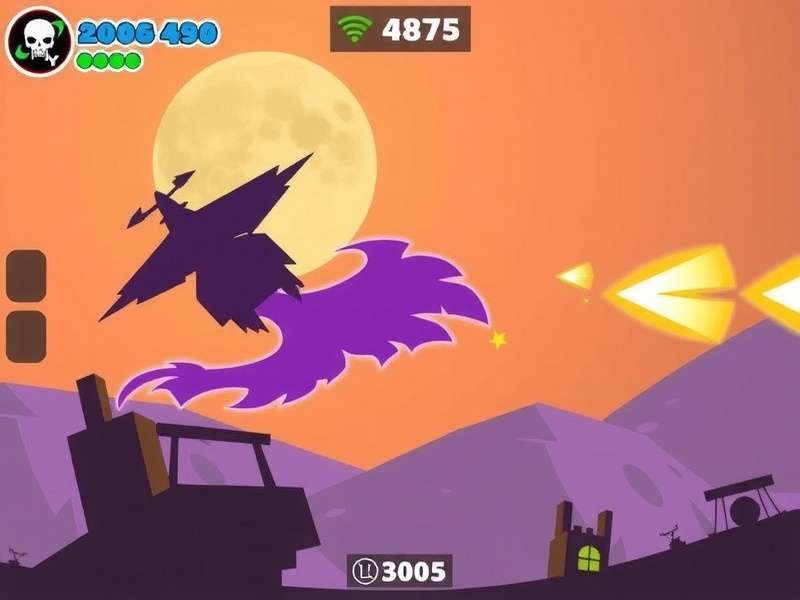
Indian Player Guides & Strategies
Beginner Tips for New Raiders
Indian players have shared tons of tips to help newbies survive their first raids in Midnight Raid Boss. Here are the most popular ones:
Start with the Village Healer: "New players always want to be Warriors or Mages, but trust me—Healers get the most loot and are always needed in raids. Learn to use the Tulsi Blessing at the right time, and you'll never lack a team." - Prakash, 30, from his YouTube guide "MRB for Dummies."
Grind Daily Night Missions: "Don't skip the small stuff! The daily missions in your local Night Zone (like collecting garbage in Mumbai or feeding cows in Varanasi) give 'Prana Points' that let you upgrade skills. I spent my first month ignoring them and got destroyed in raids." - Swati, 22, on the MRB Facebook group.
Join a Regional Guild: "Guilds from your state know the local boss patterns best. I joined a 'Punjab Raiders' guild, and they taught me how to exploit the Amritsar boss's weakness to jalebi (yes, really—he's distracted by sweets!)." - Amandeep, 25, on Reddit.
Save Festival Loot: "Those Diwali firecrackers or Holi gulal? Don't use them on easy bosses! Save them for Tier 5+ raids, where they can turn the tide. I still have a Lakshmi's Blessing from 2024 that I'm waiting to use on the final boss." - Deepa, 42, a homemaker from Ahmedabad.
Advanced Strategies for Veteran Players
For players past Tier 5, the community has developed pro strategies to tackle the toughest raids:
Class Combos by Region: "In North India raids, pair Yogi Warrior (tank) with Dacoit Rogue (damage)—the Warrior soaks up hits while the Rogue ambushes from the wheat fields. In South India, Maharani Mage plus IT Hacker is unbeatable—fire magic plus tech glitches = boss meltdown." - Vikram, Tier 9 player from Chennai.
Time Your Raids with Astrology: "Bosses have hidden weaknesses based on Hindu calendar days. The Ganges Guardian is weakest on Mondays (Shiva's day), while the Tech Demon struggles on Saturdays (Saturn's day, ruler of technology). Check a panchang app before scheduling raids!" - Sita, 38, a Tier 8 player from Varanasi.
Exploit Environmental Glitches: "In the Mumbai raid, if you lure the Sea Witch near the Gateway of India's arches at high tide, the water reflection blinds her for 10 seconds. In Bangalore, the Tech Demon freezes if you lead him into a coconut grove—coconuts short-circuit his systems. These 'jugaad' strategies are how we beat raids without maxed-out gear." - Raj, 26, competitive raider from Mumbai.
Coordinate with Headphones: "For Tier 7+ raids, use WhatsApp voice calls instead of in-game chat. We have a rule: 'Healer calls the shots'—my team's healer yells 'Duck!' or 'Heal now!' and we react instantly. Beats typing in the heat of battle, especially in regional languages." - Aisha, 21, leader of "Ladies Raid Squad" from Hyderabad.
Festival Event Pro Guides
Indian players have become experts at maximizing festival event rewards in Midnight Raid Boss. Here's their best advice:
Diwali Event Mastery: "The key to beating Ravana's Ghost is to split your team—two players collect firecrackers (spawn near diyas), two attack. Use the firecrackers during his '10-Head Roar'—it stuns all heads at once. And save at least 5 laddoos from loot boxes—they fully revive the team once." - Mohan, 32, who has beaten Ravana 17 times.
Holi Event Secrets: "Hidden color stations spawn every 3 minutes—pink near flowers, green near trees, blue near water. Collect all three to unlock the Rainbow Attack, which deals 500% damage. Pro tip: Wear white clothes in real life while playing—trust me, it's good luck!" - Priyanka, 24, from her viral Holi event video.
Eid Event Strategy: "The halwai's shop has 5 sweet boxes—protect all of them, and you get the 'Special Biryani' loot (best in the game). Assign one player to guard each box, and rotate heals. The thieves come in waves, with the final wave at 15 minutes—save your best skills for then." - Farhan, 29, from Kolkata's "Eid Raiders" guild.
Indian Community & Local Events
Regional Gaming Communities
Midnight Raid Boss has spawned one of India's largest gaming communities, with platforms tailored to local languages and cultures:
Facebook Groups: The main group, "Midnight Raid Boss India," has 7.8 million members, but regional groups are equally active: "MRB Tamil Warriors" (2.1M), "MRB Punjabi Raiders" (1.8M), "MRB Bengali Bosses" (1.5M), and "MRB Telugu Titans" (1.3M). These groups share region-specific tips and organize local meetups.
WhatsApp & Telegram: There are over 50,000 regional WhatsApp groups, with the largest being "Mumbai Night Raiders" (10,000+ members). Telegram groups focus on competitive play, with "MRB Pro Raiders India" (85,000 members) hosting daily strategy sessions.
YouTube & Gaming Channels: Indian YouTubers have built careers around the game. "Raid Master Ankit" (Hindi) has 4.2M subscribers, "Chennai Raider Girl" (Tamil) has 2.8M, and "Bengali Boss Babe" (Bengali) has 1.9M. Their videos get millions of views, especially during festival events.
"I met my best friend in the MRB Kerala group," says 19-year-old student Anu. "We've never met in real life, but we raid together every night. She helps me with my studies, and I help her beat the Chennai boss. It's more than a game community—it's family."
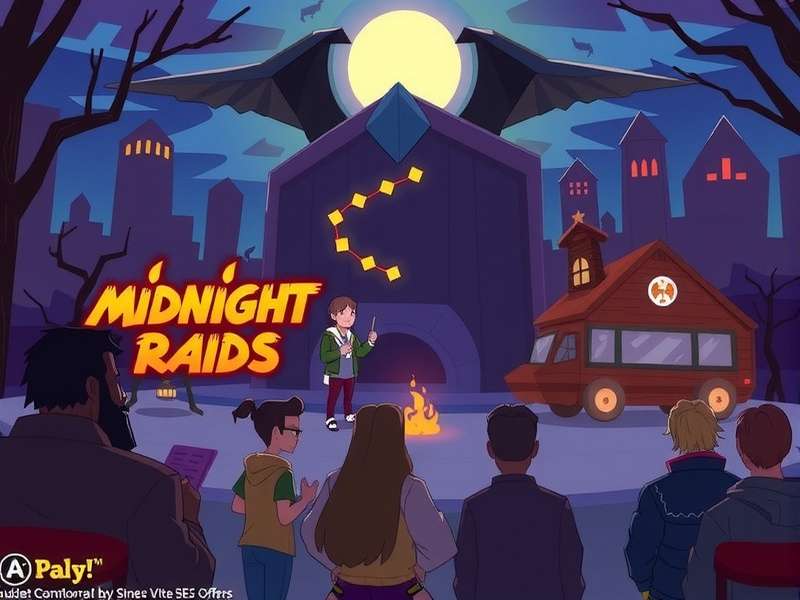
Local Tournaments & LAN Events
The game's popularity has led to a thriving tournament scene across India, with events ranging from small café meetups to large-scale competitions with big prizes:
National Championship: The "Midnight Raid Nationals" held in Mumbai in 2024 drew 12,000 teams (48,000 players) and offered a ₹2 crore prize pool. The winning team, "Chennai Night Stalkers," took home ₹50 lakh and a trip to Singapore to meet the developers.
Regional Leagues: Cities like Bangalore have weekly "MRB Wednesdays" at gaming cafes, with entry fees as low as ₹100. Winners get café vouchers and in-game loot. "We started with 10 players, now we get 200+ every week," says café owner Rohit in Bangalore's Indiranagar.
College Tournaments: Engineering colleges across India host MRB tournaments as part of their tech fests. IIT Delhi's 2025 fest had 300+ teams competing, with the finals live-streamed on campus screens. "It's bigger than our cricket tournaments now," jokes student organizer Aditya.
What makes these tournaments unique is their focus on community over competition. "We have a 'noob friendly' bracket where experienced players mentor new ones," says tournament organizer Farha from Hyderabad. "Winning is great, but seeing someone beat their first boss with a mentor's help? That's what keeps us going."
Developer-Community Interaction
The team behind Midnight Raid Boss has set a new standard for developer-community engagement in India:
Monthly "Raider Chats": Every last Sunday, developers host live streams on YouTube (in 5 languages) where they answer questions, show upcoming content, and even raid with top players. "Last month, the lead designer played as my healer—we died 3 times, but it was hilarious," says 17-year-old fan Ritu from Jaipur.
City Tours: The "MRB India Tour" visits 2-3 cities monthly, with developers setting up booths at malls and gaming cafes. Players can test new content, give feedback, and get exclusive merchandise. "They came to Ahmedabad last month, and I got a signed poster. My little brother now thinks I'm famous," laughs 22-year-old Krunal.
Player Idea Program: Players can submit boss ideas, skills, or events via the in-game portal. Over 30% of 2024's content came from player suggestions, including the "Bihu Buffalo Boss" (from an Assam player) and the "Pani Puri Power-Up" (from a Mumbai player).
"Our players know India better than we ever could," says Daman Games CEO Vikram Mehta. "When a player from Nagaland tells us, 'You got the Hornbill Festival details wrong,' we listen. That's how we make a game that feels authentic to every Indian."
Download & Login Information
Ready to join India's biggest raid party in Midnight Raid Boss? Here's everything you need to get started:
Download Options: The game is free to download on both Android and iOS. Android users can get it from Google Play Store, while iOS users find it on the Apple App Store. For devices without app store access, the official APK is available on the game's website—just make sure to enable "Install from Unknown Sources" in your settings.
Login Methods: You can log in using your Google account, Apple ID, Facebook, or phone number (perfect for players without social media). We recommend creating an account with your email to sync progress across devices—nothing's worse than losing your Tier 5 gear because you used a guest account!
Device Requirements: The game works on most phones, even budget ones! For Android, you need version 7.0 or higher with 1GB RAM (2GB recommended). iOS users need iOS 11.0 or later. The game size is 950MB, but you can download assets in parts if you're low on data.
Internet Tips: While you can play single-player missions offline, raids require internet. For rural players, we recommend downloading raid assets over Wi-Fi and playing during off-peak hours (5-7 AM) when data speeds are faster. Many players use "raid parties" at local cyber cafes to get stable connections.
Future Updates & Roadmap
The Midnight Raid Boss team has big plans for 2026 and beyond, with a focus on expanding India's underrepresented regions and cultures:
Northeast India Expansion: Coming in March 2026, this will add 3 new Night Zones: Shillong (Meghalaya), Kohima (Nagaland), and Itanagar (Arunachal Pradesh). New bosses include the "Living Root Bridge Serpent" and the "Hornbill Spirit," with mechanics based on local festivals like Hornbill and Bihu.
Language Expansion: 5 new languages are set to launch: Manipuri, Mizo, Khasi, Garo, and Tulu. The team is working with local linguists to ensure authentic dialects and voice acting.
10-Player Mega Raids: The most requested feature, these massive raids (launching June 2026) will require 10 players to take down "National Bosses" like the "Himalayan Yeti" and the "Thar Desert Djinn." These raids will only occur once per month, with exclusive "National Treasure" loot.
Cultural Collaborations: The team is partnering with Indian artists for special events. A Holi 2026 event will feature music from Grammy-winning composer Ricky Kej, while the Diwali 2026 raid will include artwork from famous rangoli artist Shikha Chandra.
ESports League: India's first official MRB eSports league is set to launch in late 2026, with 10 professional teams, a ₹5 crore prize pool, and broadcasts on sports channels. "We want to make MRB a household name, like cricket," says eSports director Arjun Reddy.
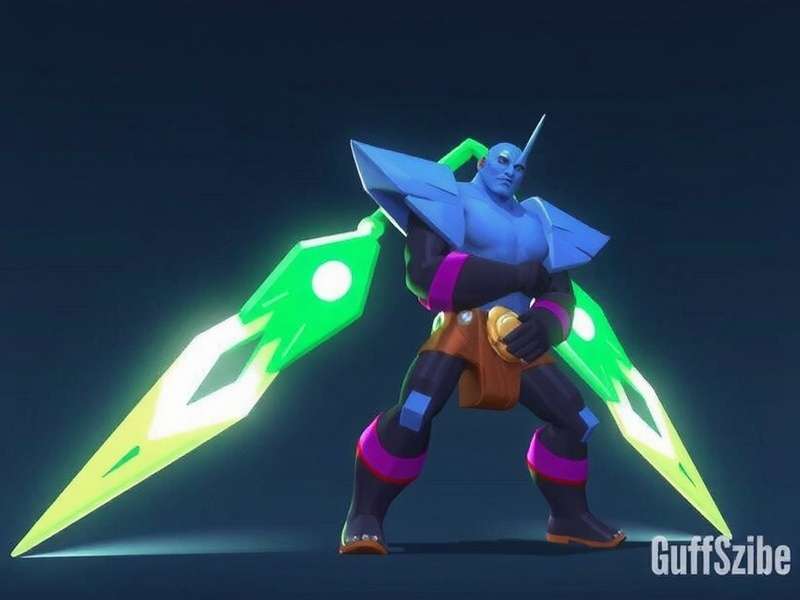
Conclusion
Midnight Raid Boss isn't just a game—it's a cultural phenomenon that celebrates India's diversity while bringing its people together. By blending heart-pounding raid gameplay with local myths, languages, and traditions, it has created something truly unique: a game that feels like "ours."
Its success—148 million downloads and counting—proves that Indian gaming doesn't need to mimic Western trends to succeed. Players don't just play Midnight Raid Boss; they see themselves in it—in the languages, the landscapes, the festivals, and the stories.
Whether you're a 15-year-old in Punjab raiding after school, a 30-year-old in Chennai playing during lunch breaks, or a 50-year-old in Kolkata bonding with your kids over Diwali events, the game has something for everyone. It's more than entertainment—it's a way to connect with your culture and with each other.
So what are you waiting for? The clock is ticking, and the bosses emerge at midnight. Assemble your team, grab your gear, and join India's biggest raid adventure. The night is waiting—and so is your legend.
Related Tags:
Midnight Raid Boss Indian RPG Games Multiplayer Raids Indian Mythology Games Daman Games Indian Mobile Gaming Festival Events In Games Indian Gaming CommunityThis game is recommended by daman games. To discover more quality Indian games, please visit daman games.